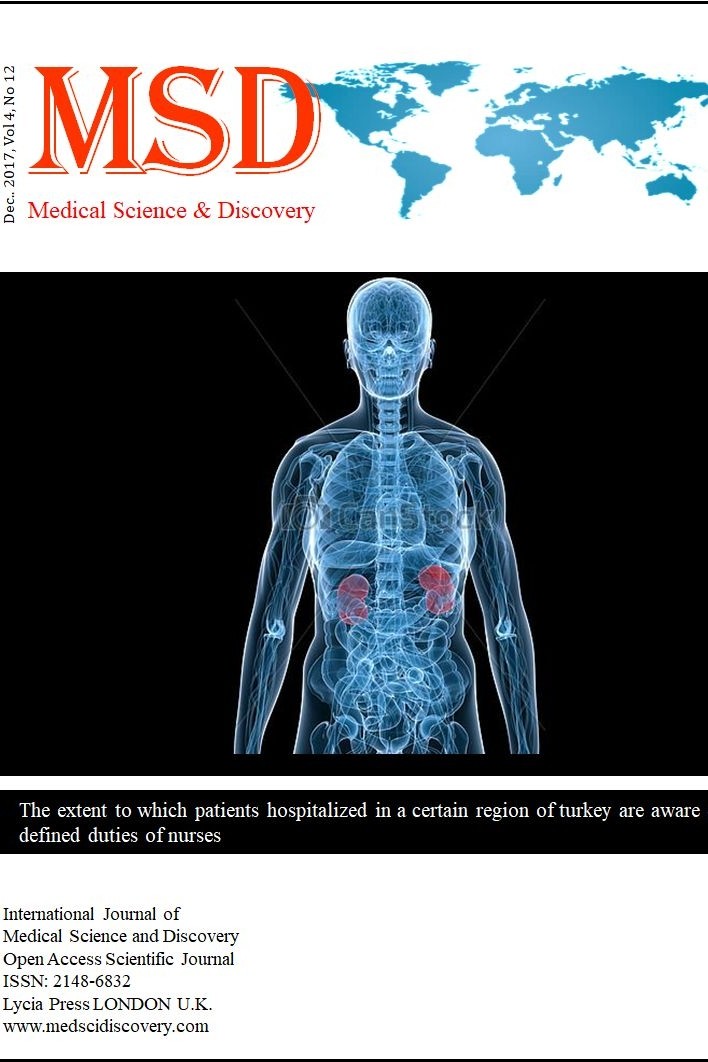A possible alternate pathway for intravascular thrombosis - Investigation of the circumstantial evidence by microfluidics
A possible alternate pathway for intravascular thrombosis - Investigation of the circumstantial evidence by microfluidics
In light of the literature, in this hypothesis, we aimed to settle up an experimental procedure and possible mechanism for bacteremia induced disseminated intravascular coagulation via QA. Bacteremia resulting in sepsis and disseminated intravascular coagulation (DIC) are known for thrombosis and coagulopathy. DIC, which results in simultaneous activation and consumption of coagulation factors, could be investigated using microfluidics as a tool. Here, we propose the hypothesis that bacteria (e.g. E.coli) mediated DIC results from a collective phenomenon called “quorum acting” (QA). If our hypothesis is true, than the coagulation cascade will be activated before systemic inflammation. To check for QA we propose to perform a hemodynamic experiment where blood is controllably flown over E.coli clusters in a microfluidic device. Further, manipulation of the physical properties (flow rate mimicking condition like venous stasis) and chemical properties (hyperglycaemia as in uncontrolled diabetes mellitus) of blood could be done using microfluidic device to mimic their etiopathogenesis and to validate our proposed mechanism that quorum acting mediated DIC occurs rapidly in venous stasis and uncontrolled diabetes mellitus respectively.
- ISSN: 2148-6832
- Başlangıç: 2014
- Yayıncı: Zafer AKAN
